You will find Uluru-Kata Tjuta National Park is a place of unique beauty in the iconic “Red Centre” of Australia. As such, it has been inscribed in the UNESCO World Heritage List for both its cultural and natural values. The massive rock formations of Uluru and Kata Tjuta act as a refuge for both plants and animals and are the focal point of this desert landscape.
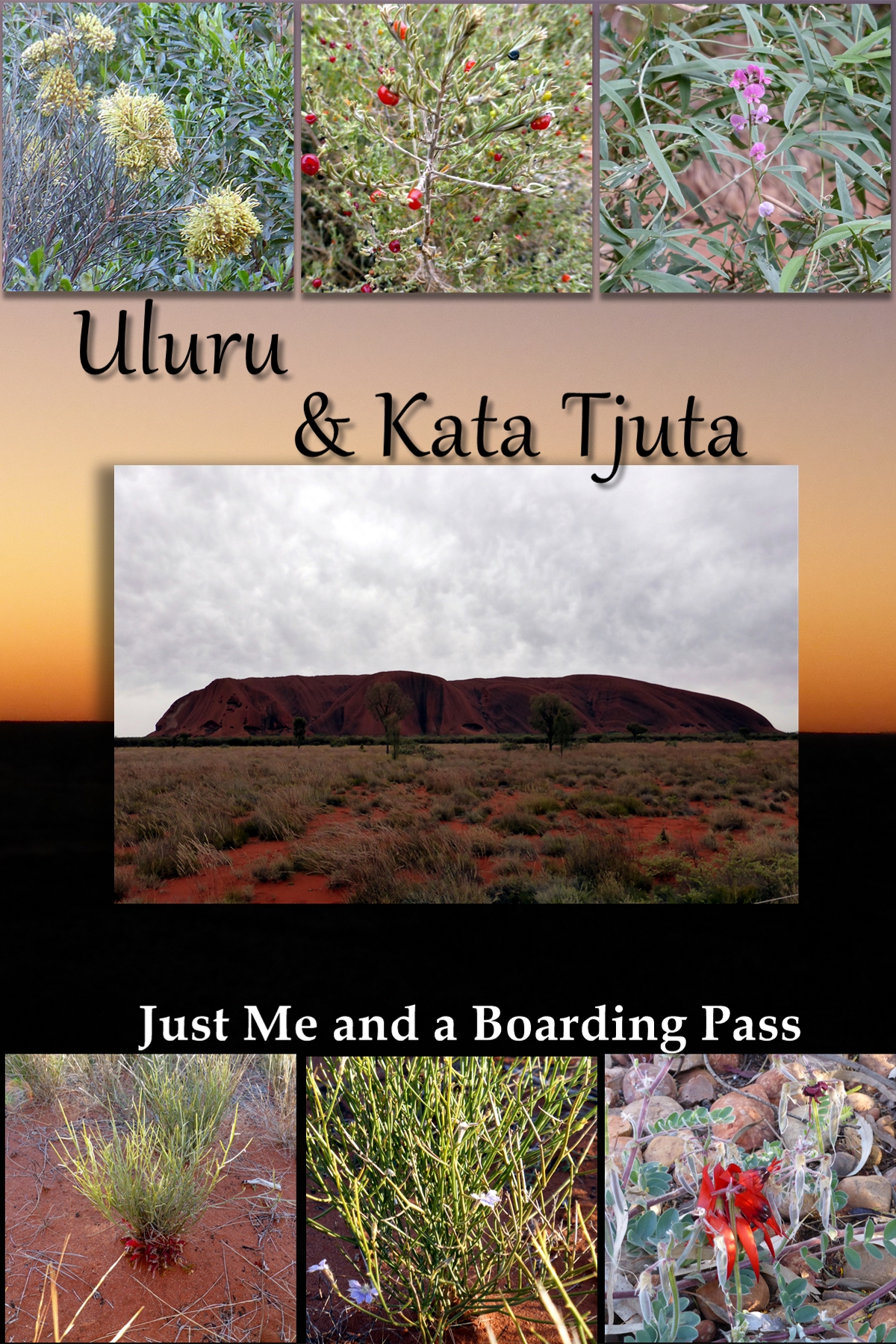
The park consists of the two areas Uluru (also known as Ayers Rock), and Kata Tjuta (also known as the Olgas). It is located about 360km southwest of Alice Springs, in the southern part of the Northern Territory. Sacred to the Aboriginal people of the area, there is a unique beauty in this desert landscape. For such a harsh environment, there was a surprising amount of thriving vegetation in the area.
Kata Tjuta
We visited the Kata Tjuta sunrise viewing platform early in the morning, while it was still dark (and cold!). Kata Tjuta is a group of large, domed conglomerate rock formations or bornhardts. From our vantage point, we watched the sunrise over these formations.



The changes in the light over the landscape were beautiful. From this viewing platform, you could also see the silhouette of Uluru in the distance at the first light of dawn.
After taking in the sunrise, we drove out to Kata Tjuta and went on the Walpa Gorge walk through the rocks. The sheer size of the formations is amazing. Sheltered from the sun, the Gorge is a refuge for plants and animals.
On an early July morning, the air is fresh and clean, and crisp, and everything is so still and peaceful.





Uluru
Wildflowers and plants crowd around the base of the rock, seeking shelter and the life-giving water runoff when it rains. Uluru is a massive monolithic rock formation composed of a coarse grain of sandstone. There are many caves and crevices in the actual rock which was really interesting to see as we walked around the base.
Up close, the rock looks as though it is rusty and flaking, and from a distance, you can see the different layers through the rock.

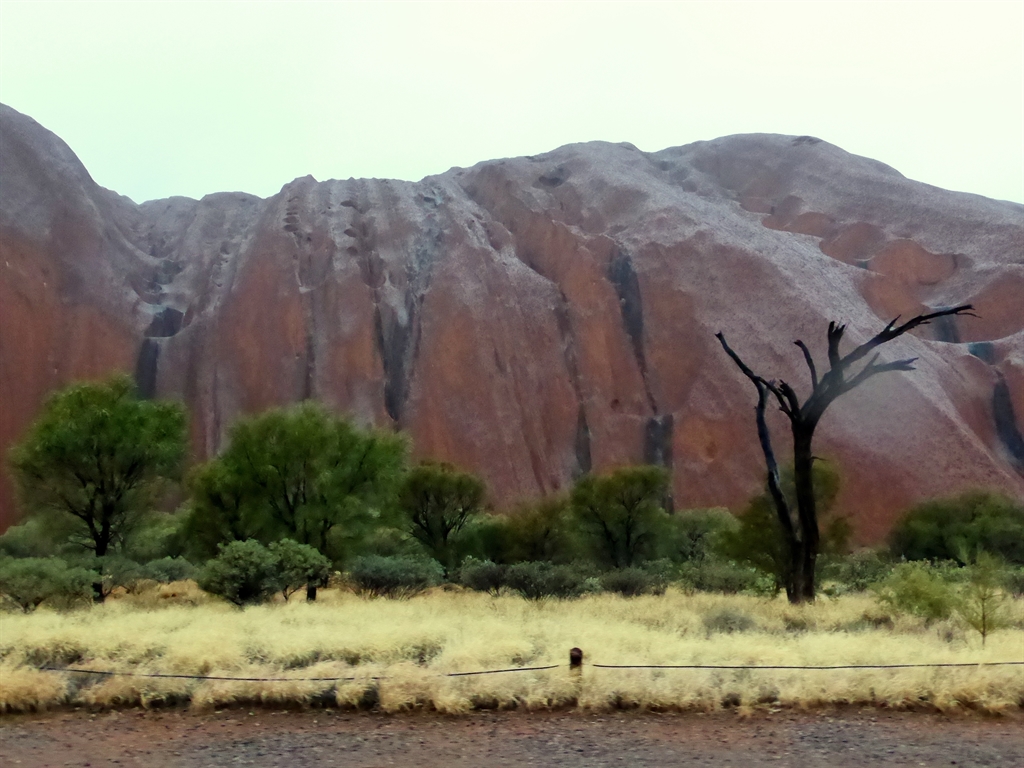
A magnificent sunset showed over Uluru from the sunset viewing platform. Watching the colours of the rock change from burnt orange to bright red and then back to subdued rust as the moon rose over the top was just magic. The way the different lights created the spectrum of colours was fascinating.



Uluru in the rain
There are usually only about 5 cloudy days in a month, and not all of them produce rainfall. Consequently, you have to be pretty lucky to see Uluru in the rain – and guess what? We did!! (Probably the one good time to have me along on a trip – I always seem to bring the rain with me – hahaha ). The rain came to Uluru on the last day of our visit. We took the car back out for a drive around the rock and walked around near the Mutitjulu Waterhole in between rain showers.

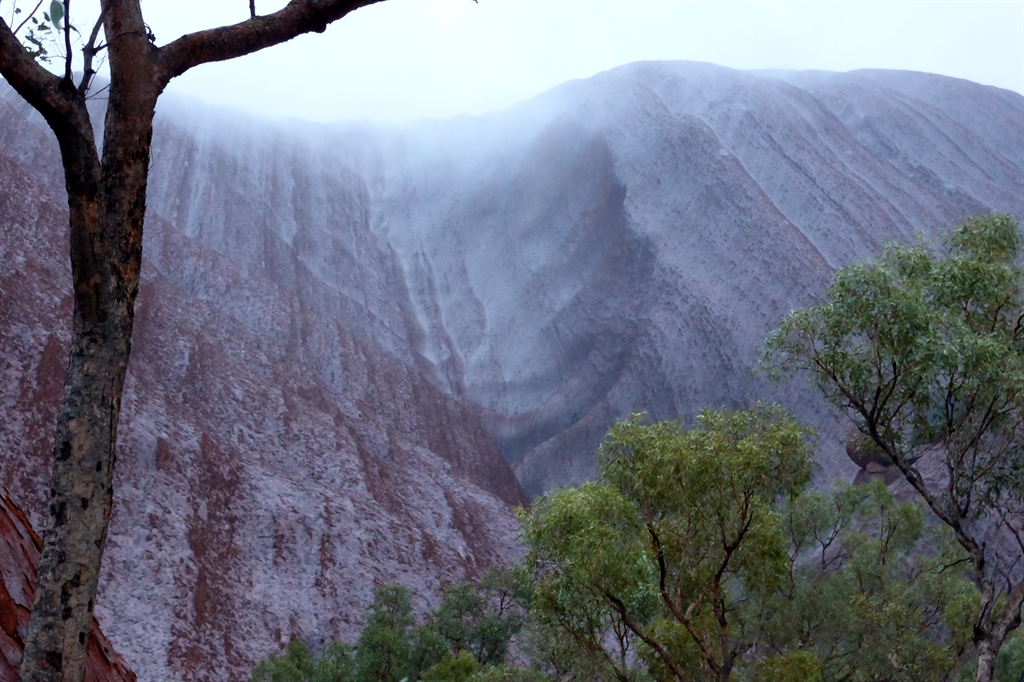
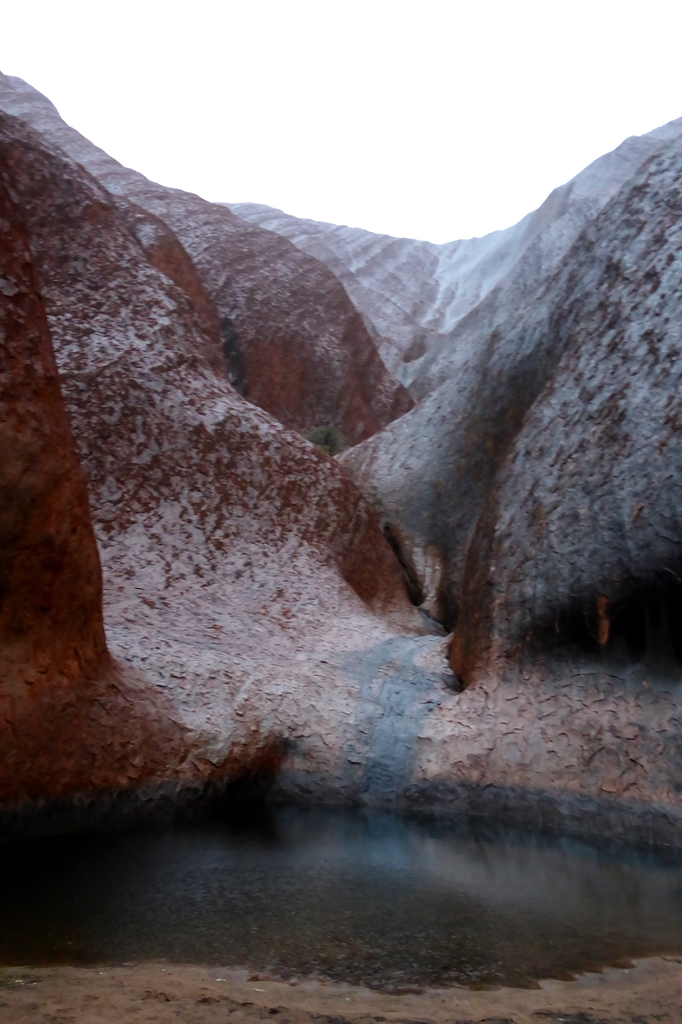
Our visit to Uluru-Kata Tjuta National Park occurred in July, which was a great time of year to stay in the desert. It was crisp and cold in the evenings, and there were hardly any flies during the day.
For more details, please visit: https://parksaustralia.gov.au/uluru/
[Affiliate Link – If you click the below Booking.com link and make a booking, I may make a small commission at no additional cost to you.]
If you liked this post, please share the link with your friends, or pin the article on Pinterest. As always, I appreciate your support! Thank you for reading.
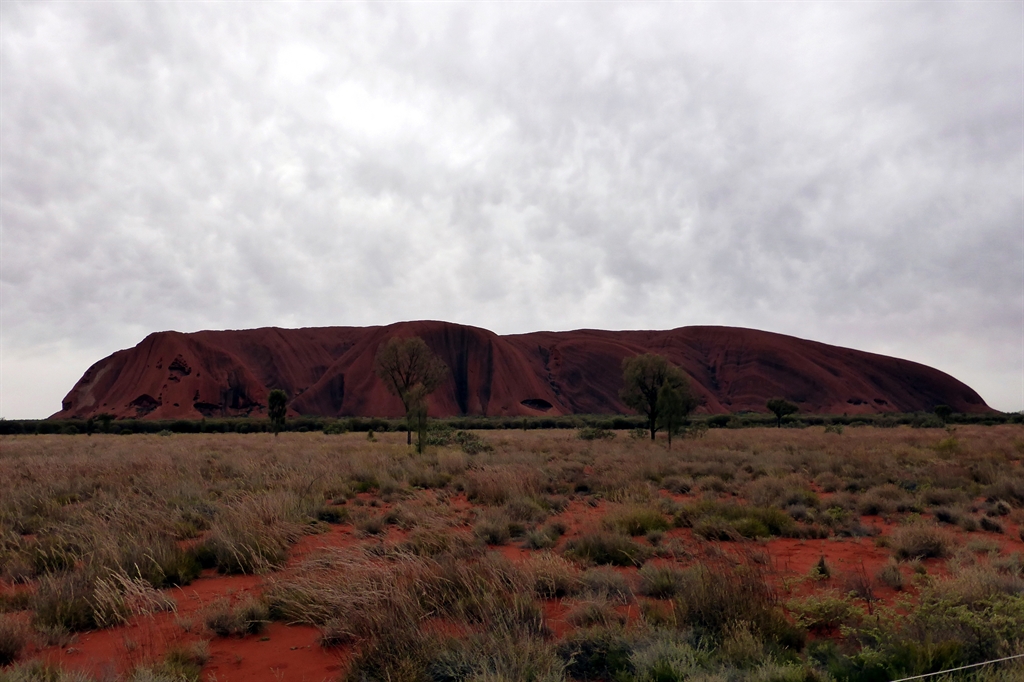
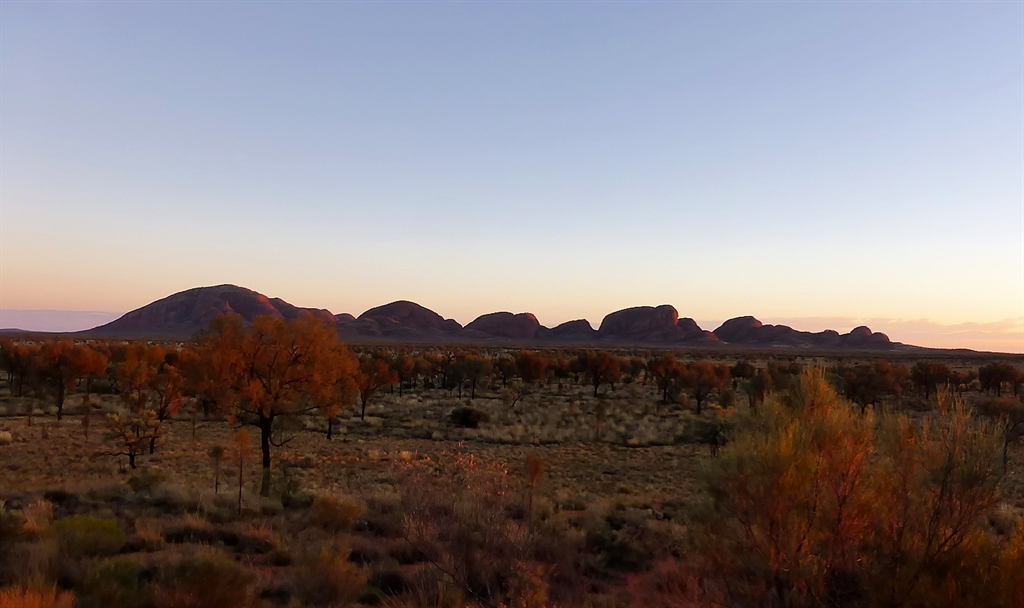
So lucky to see Uluru in the rain… 😀
🤩